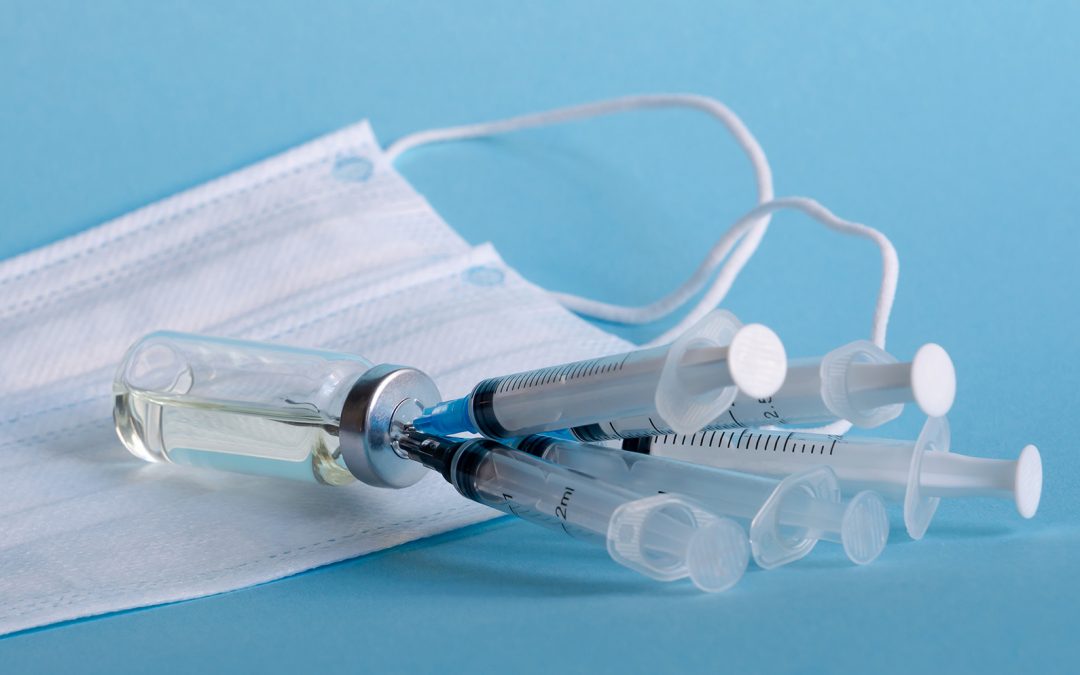As an EMT, I’m in charge of conducting a rig check of our medic unit every morning that I get on shift. I go through the bus with a fine-tooth comb — making sure our equipment works, we have enough quantities of every item, and most importantly, that our life-saving medication is well stocked and not expired. Even though most of the meds we stock are paramedic-level drugs, I am still in charge of knowing those drugs and checking them every morning. This is a job I do not take lightly because, as my medic’s right-hand man, I know that I’m most likely going to be the one handing him medications in critical moments. Additionally, I’ll be the one going through the six rights of medication administration with him before he gives the dose.
All that to say, I am locked in on my responsibilities. And even so, the other day on a call when it came time to prepare a dose of amiodarone for a patient, it took me much longer than usual to find it. This was because, due to the current drug shortage, we switched suppliers and our vial was different than normal. Once I found the new bottle, I was holding a vial that I was not familiar with. It was bigger than our old bottles and, since I don’t have paramedic protocols memorized yet, I didn’t know if it was the right concentration or not. So here I was, freezing up on a call and second-guessing my next actions while my medic was waiting to administer a critical drug. Fortunately, we got through the call without error. But, it was a good learning lesson.
As hard as we try not to, we fall into habits. We search for bottles based on what they look like, we grab for equipment from muscle memory, and we get caught up going through the motions. That is a big reason why providers must go through the six rights with each and every dose of medication administered.
One of my favorite EMS instagram accounts, @the.prehospitalist, shared a post the other day about how a cross-check saved her partner and her from giving a double dose of ketamine due to their department carrying a different concentration of the drug — because of the drug shortage. Ketamine vials can commonly come in the following concentrations: 500mg/10mL, 1000mg/10mL, and 200mg/20mL. All three of these are vastly different doses that will have vastly different effects on patients. Users in her comments section shared similar experiences that I’m sure reflect the EMS industry as a whole right now.
All of this shows, now more than ever, we must be vigilant about performing our cross-checks and having our protocols on hand. Easy access to protocols is one of the greatest benefits of the OneDose™ Protocol Workflow App from Hinckley Medical. Providers can access protocols from any smart phone and have proper doses automatically calculated for each patient. This is a great tool to have during pre-administration cross-checks and could be the difference between a positive patient outcome and career-ending litigation.

